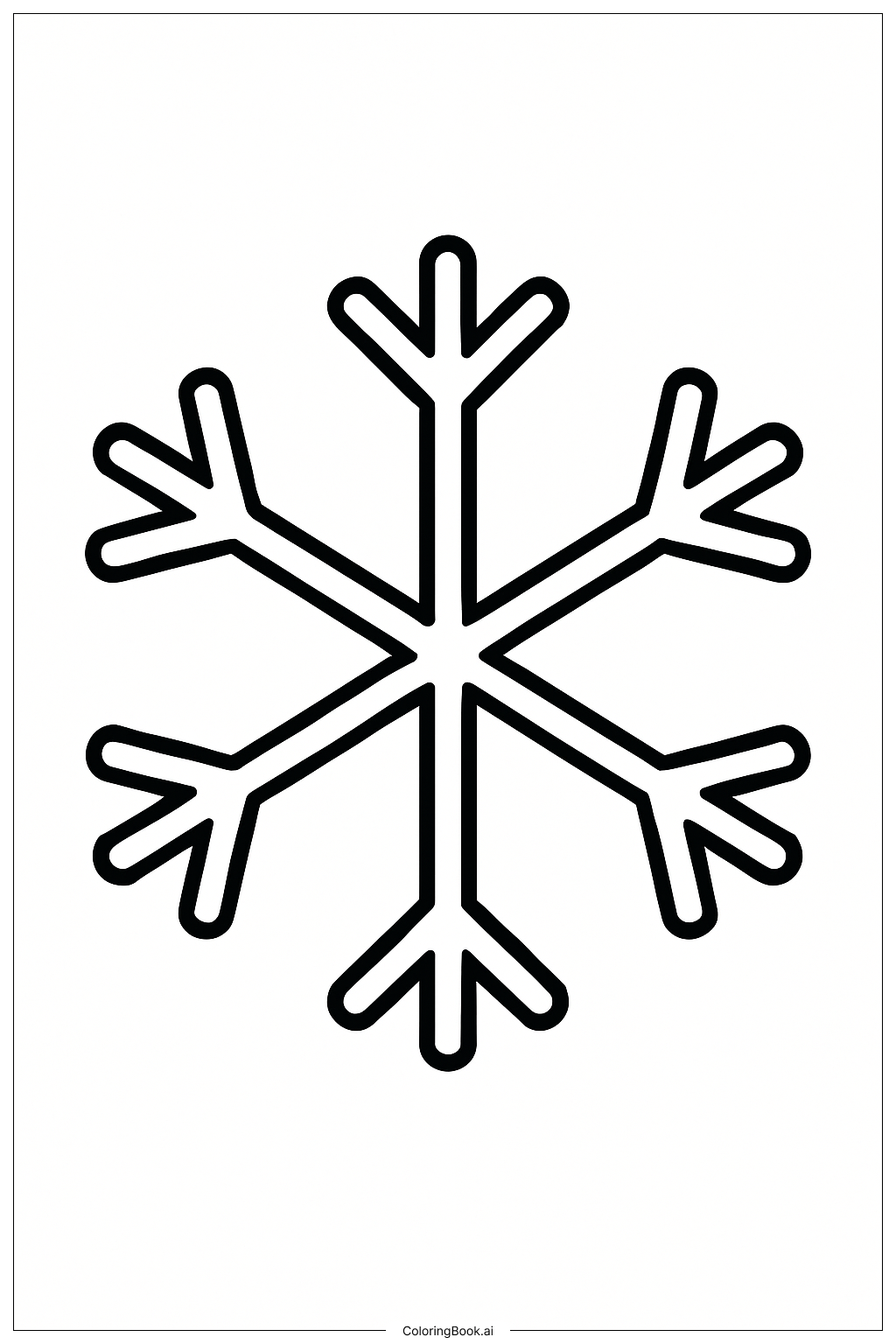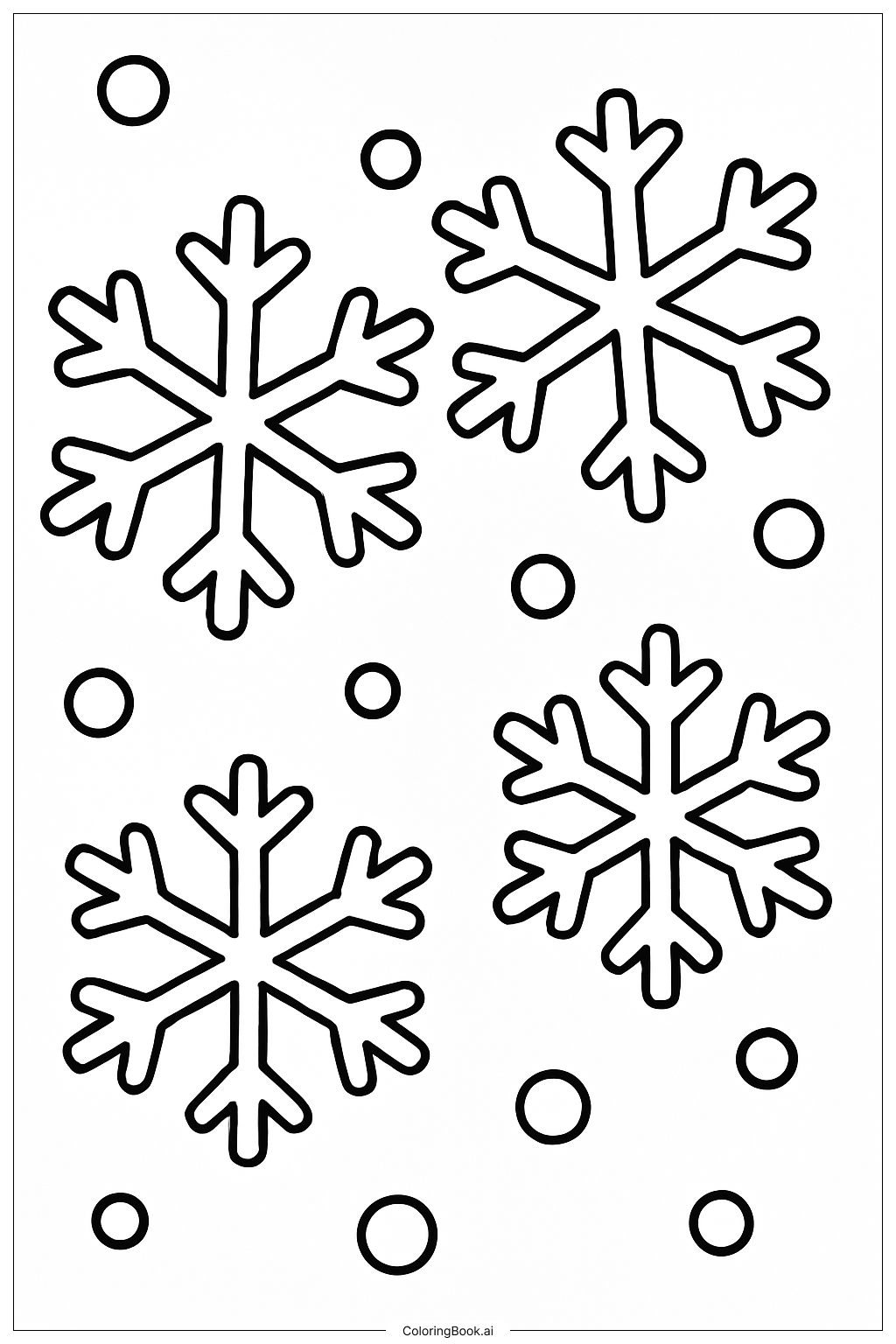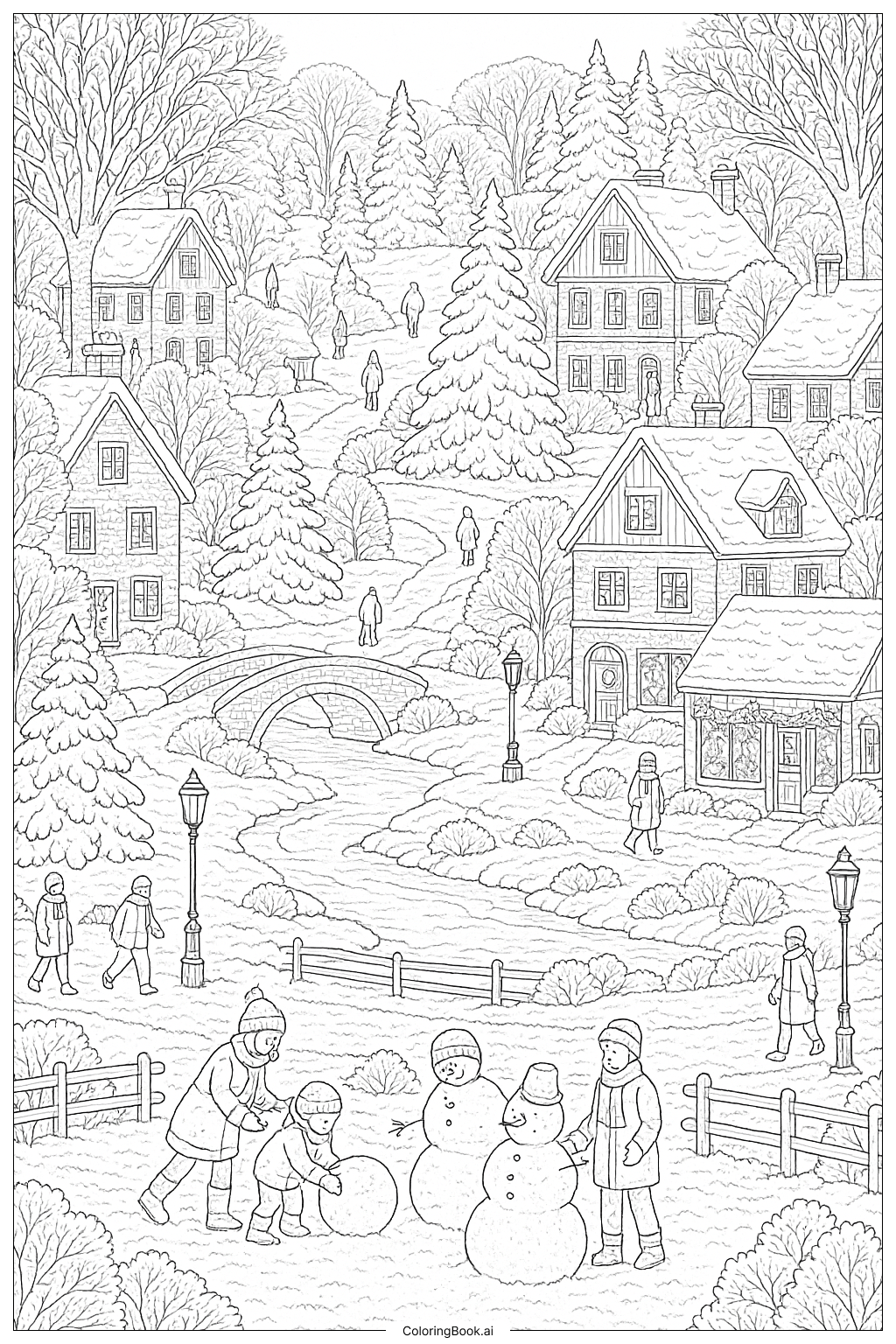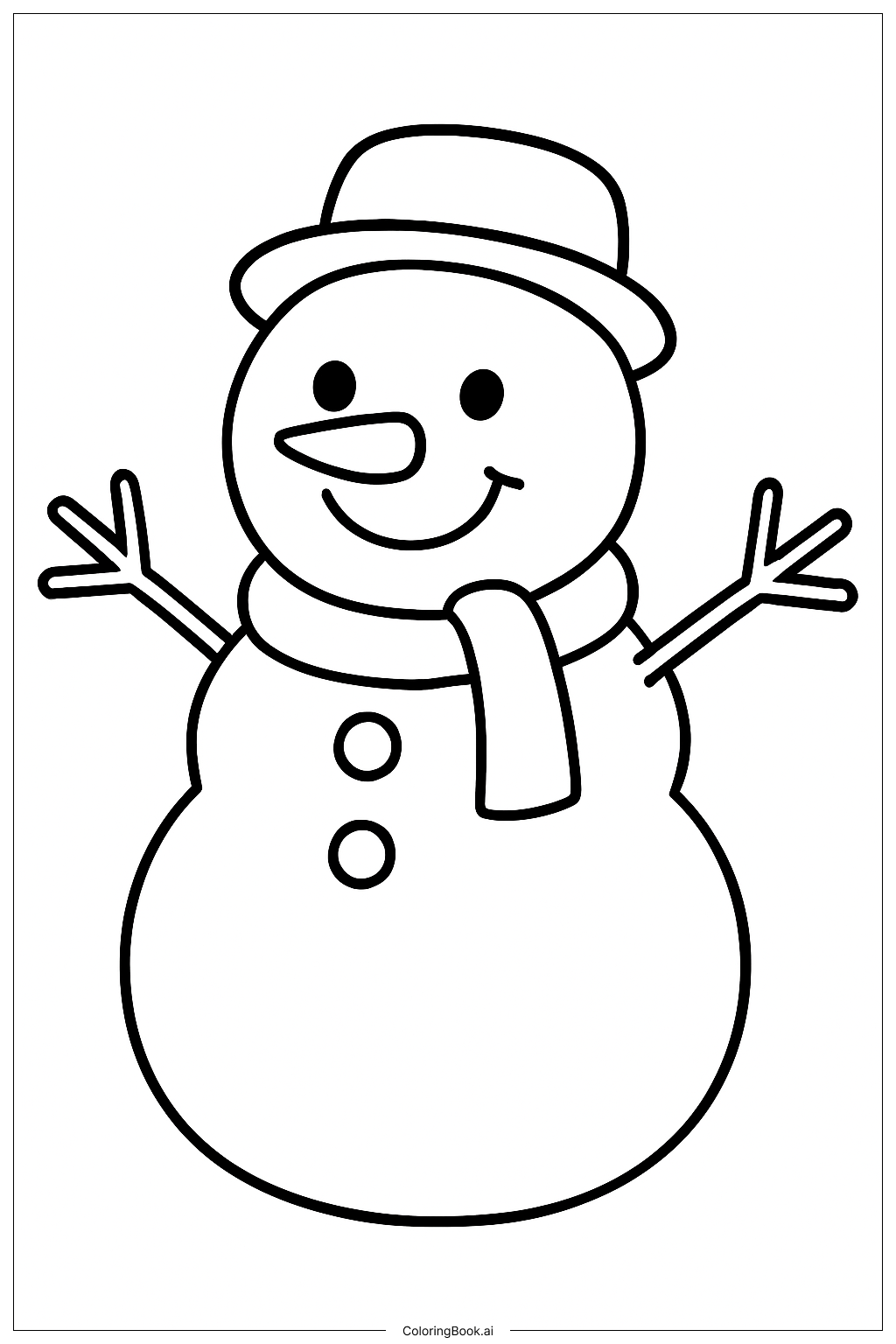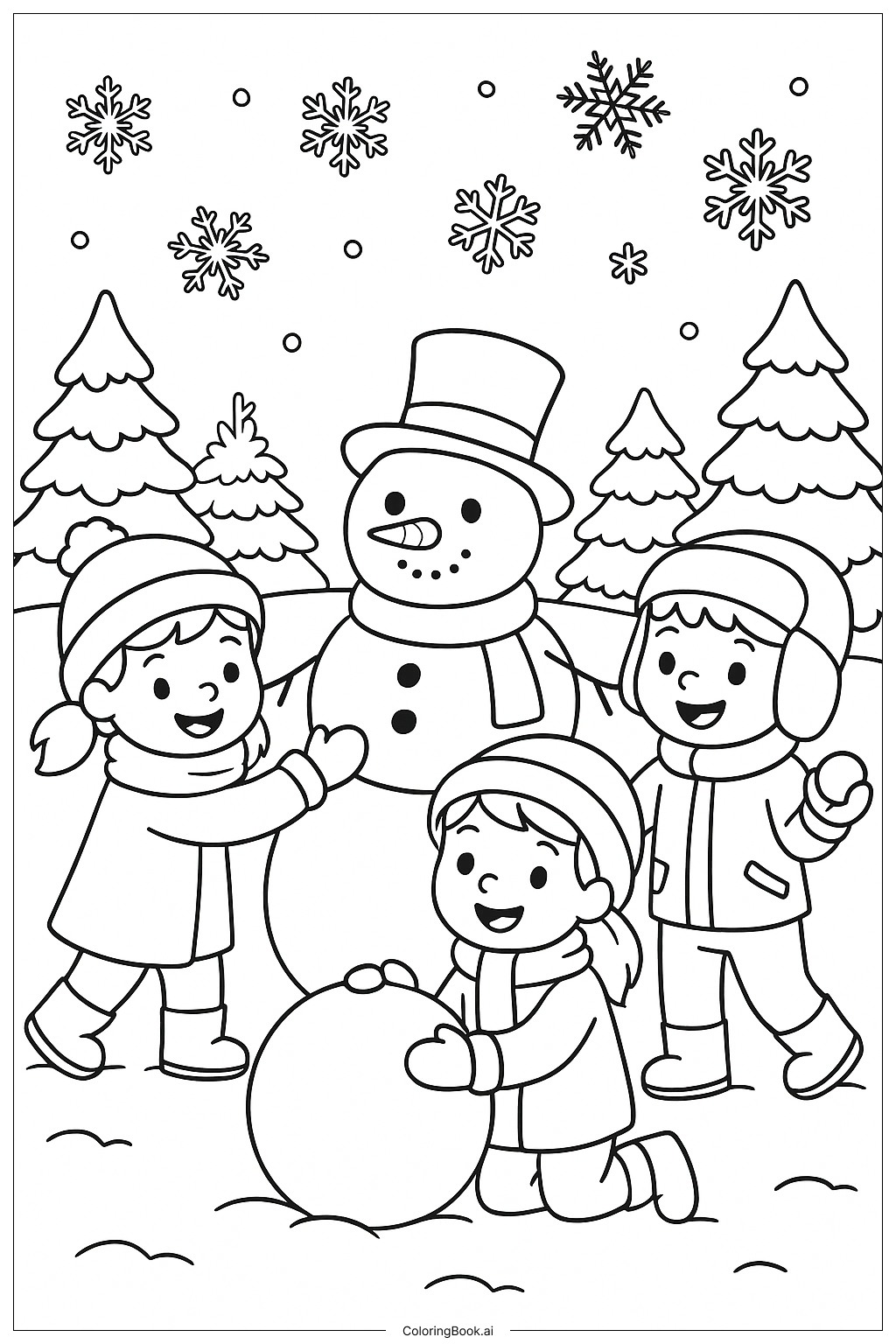Coloring tips: How to color A Simple Winter Snowflake coloring page well?
Try using cool colors like blue, light blue, white, and silver to give the snowflake a frosty look. You can also add some sparkly glitter or metallic shades to make it shine. Use a single color for the whole snowflake for a clean style, or use different shades of blues and purples for a more detailed look. Coloring inside the thick lines will help keep the picture neat. You can use markers, crayons, or colored pencils depending on what you like. Experiment with blending colors for a smooth effect. Feel free to leave parts white to show the icy parts of the snowflake. Adding a light background color such as soft blue can also bring the snowflake to life.
Coloring challenges: Which parts are difficult to color and need attention for A Simple Winter Snowflake coloring page?
1. The symmetrical design means you need to be careful to color each arm equally and neatly.
2. The smaller branches at the ends require some control and precision to stay inside the lines.
3. Choosing colors that show the icy, delicate nature of a snowflake might be tricky.
4. Avoid coloring too heavily, so the picture does not look messy or lose its delicate look.
5. Blending colors smoothly on this simple design can be hard if you want a realistic frosty effect.
Benefits of coloring books: Advantages of drawing A Simple Winter Snowflake coloring page
Coloring this snowflake helps improve fine motor skills because you need to color within the lines carefully. It encourages children to focus and pay attention to detail, improving concentration. The simple shape allows younger kids to practice coloring with confidence. It also sparks creativity by letting kids decide which colors to use and how to shade the snowflake. This activity connects children to winter themes and nature, making learning fun and seasonal. Overall, it builds art skills and gives a sense of accomplishment.
